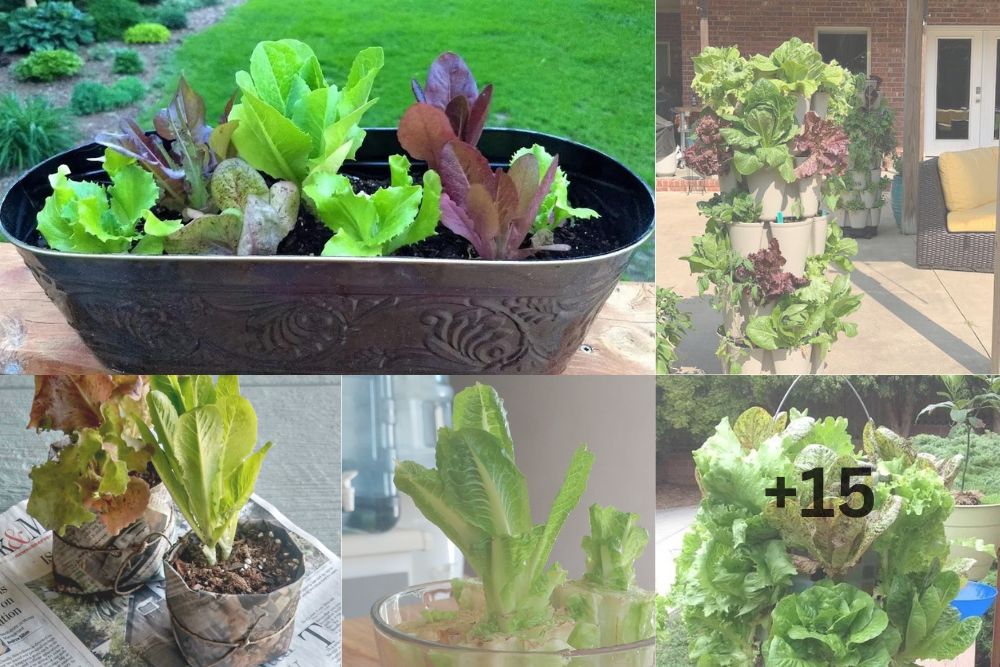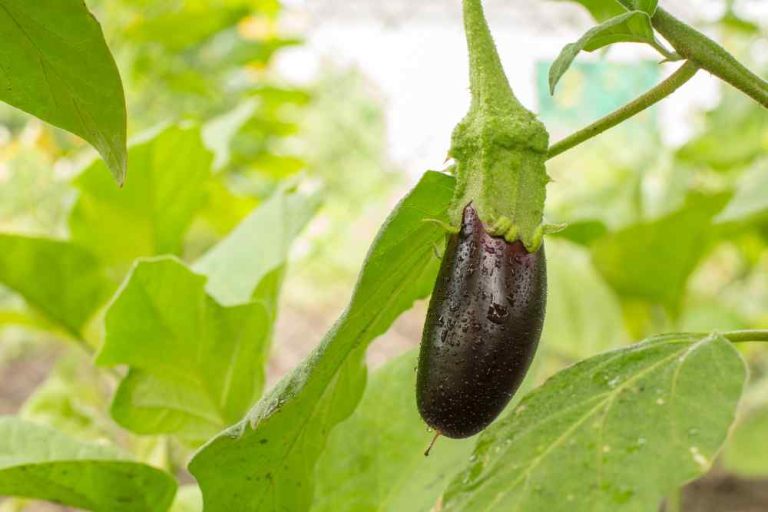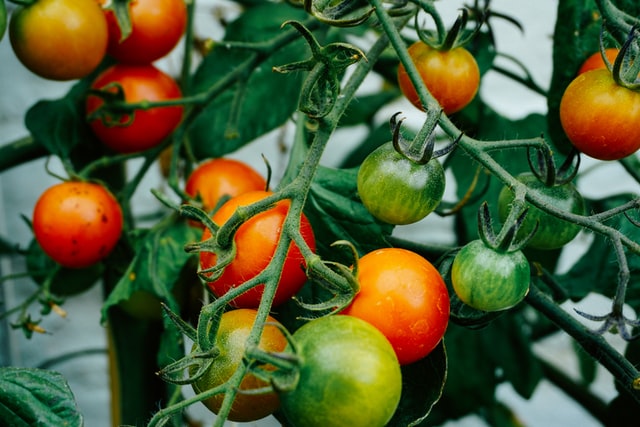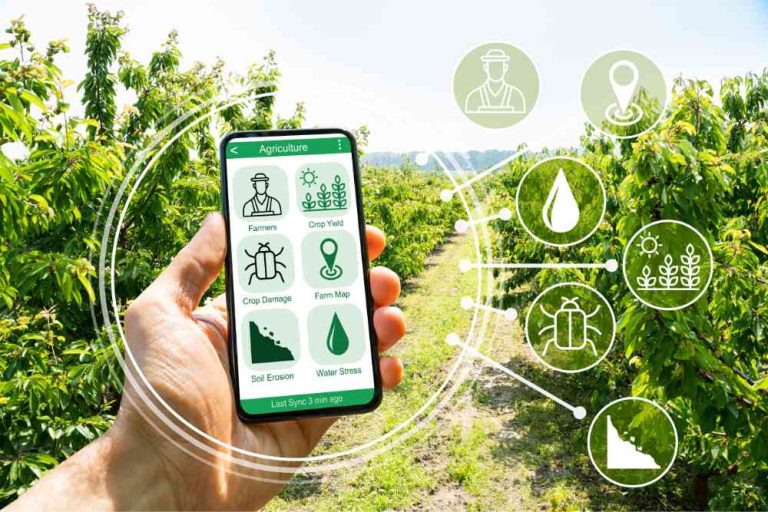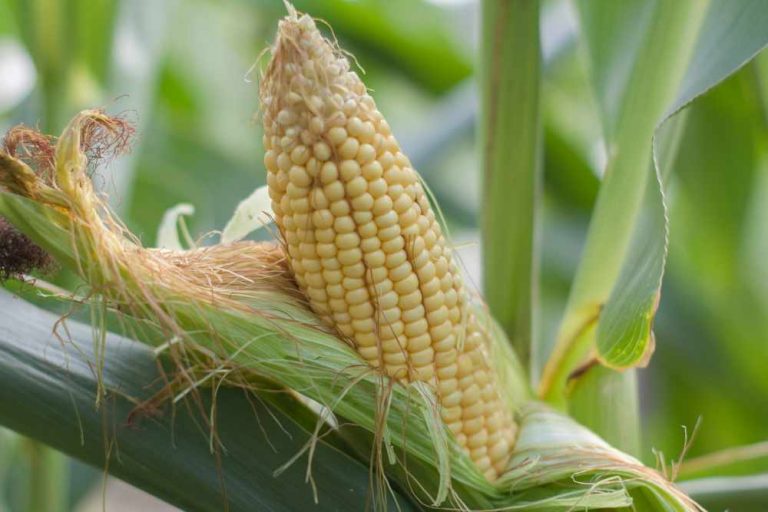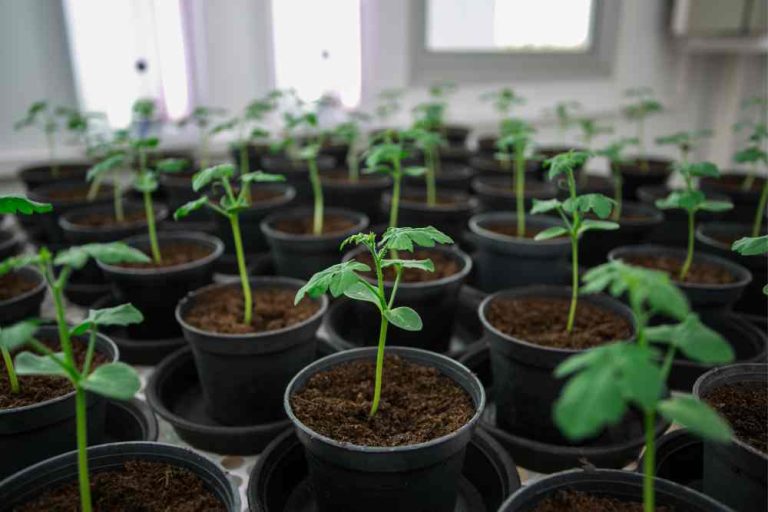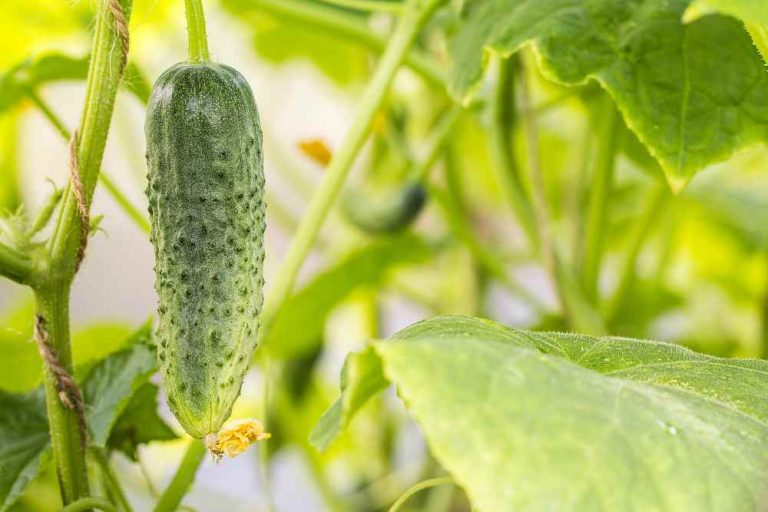Lettuce Gardening – A Guide To Growing Crisp and Fresh Greens at Home
Are you ready to learn lettuce gardening? This is one of the easiest crops to grow in garden beds and containers.
Lettuce gardening is easy as it takes up little space, and you can even grow it among flowers. In the mild weather of spring and fall lettuce grows for many weeks. Leaf lettuce is ideal for containers because it can easily be tucked under and between taller veggies. You can find out how to plant it, when to plant it, and how to create the ideal environment for it to thrive by reading the information below.
There are several types of lettuce. You can select them based on your requirements or preferences.
- Crisphead varieties take about ten to twelve weeks to mature, and when they reach maturity they should be harvested roots and all.
- Butterheads are smaller versions of crispies. When they are ready to consume, it takes about nine to ten weeks. These include kinds with mignonettes, oak leaves, and butter. These varieties are a good choice for summer cropping. Sow seeds from March to mid-August. They have excellent resistance to bolting and tolerance to tip burn.
- Loose Leaf lettuces can be also harvested while growing and can be eaten from about six weeks onwards. These varieties are heartless so therefore can be picked as needed.
- Cos varieties, mature in ten to eleven weeks and allow for the harvest of the outer leaves even as the lettuce is still developing. Cooler climates benefit greatly from Cos lettuce, which may quickly become a wintertime favorite.
Lettuce Gardening Steps
1. Where To Plant Lettuce In The Garden?
The ideal location for lettuce gardening for spring and fall is in a spot that receives full sun (4-6 hours). If you are planning on growing lettuce during the summer or in warm planting zones, partial shade can protect lettuce from the heat.
The soil needs to be kept cool for germination when gardening lettuce from seed in the late summer. When the weather becomes cooler, the shade can be taken down so that young lettuce plants can receive plenty of sunlight.
Lettuce grows best when the temperature is between 50-70°F. The ideal growing conditions for lettuce are loose, cold soil with good drainage. The addition of organic materials, like compost or manure, will improve your lettuce growth environment by improving drainage and supplying vital nutrients. Consider buying a soil test kit if you’ve experienced issues with lettuce gardening. Low pH can affect lettuce severely. Lime can be added to the solution to raise the pH to at least 6.0.
2. How To Plant Lettuce In The Garden?
Due to their quick growth and high leaf production per plant, lettuce gardening requires more significant maintenance. For the best flavor and look, they must be cultivated quickly. Make sure that your beds are properly prepared with compost and manure.
Since lettuce seeds are often comparatively small, only a shallow planting depth of 1/4 to 1/2 inches is necessary. Your garden will look more conventional if you grow lettuce in rows. For a whimsical touch, think of placing rows of red and green lettuce alternately. Your choice of lettuce will determine how far apart you should space the plants.
You should plant about 10 seeds per foot of soil when directly sowing seeds into the soil. Your rows should be 12 to 18 inches apart. Leaf lettuce seedlings should be planted 4 inches apart. There should be 6 to 8 inches between each plant for romaine and butterhead lettuce seedlings.
Removable seedlings can be transplanted or made into delectable microgreens for consumption. For a fall garden, head lettuce is often produced from seeds planted indoors in warm weather. Head lettuce should be planted in rows that are 12 to 18 inches apart, with 10 to 12 inches between each plant.
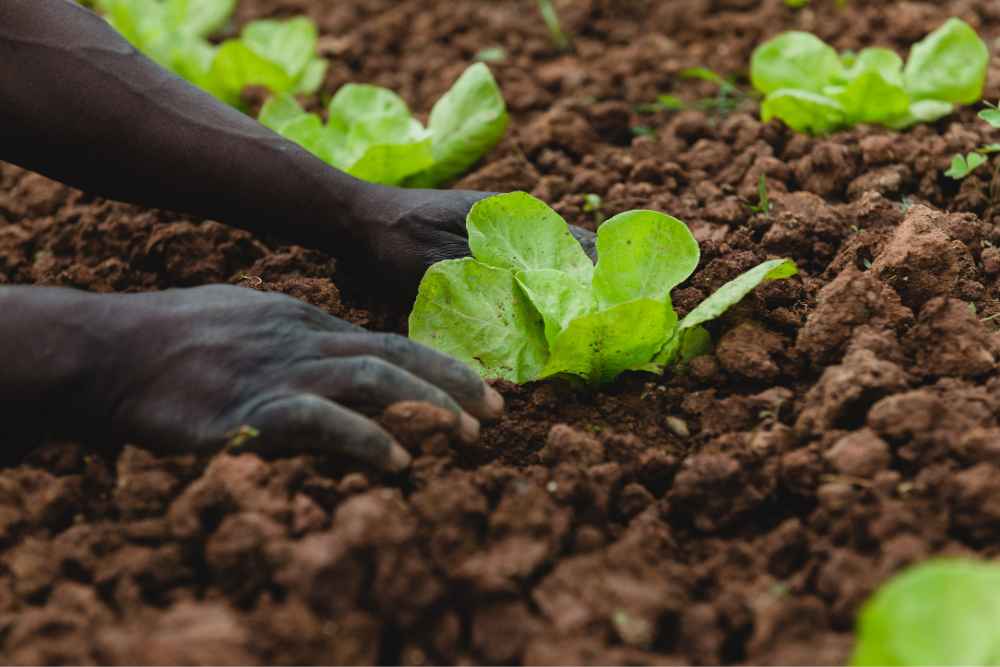
Depending on the conditions, sprouts should start to appear seven to 10 days after planting. Then the lettuce seedlings’ leaves when they have three or four leaves, leaving the right amount of space between each plant based on the lettuce varieties you’re growing, to prevent overcrowding rows. To avoid harming the roots, use scissors rather than your hands to remove the leaves. These lettuce leaves can use for consumption if you want.
3. How To Care For Lettuce?
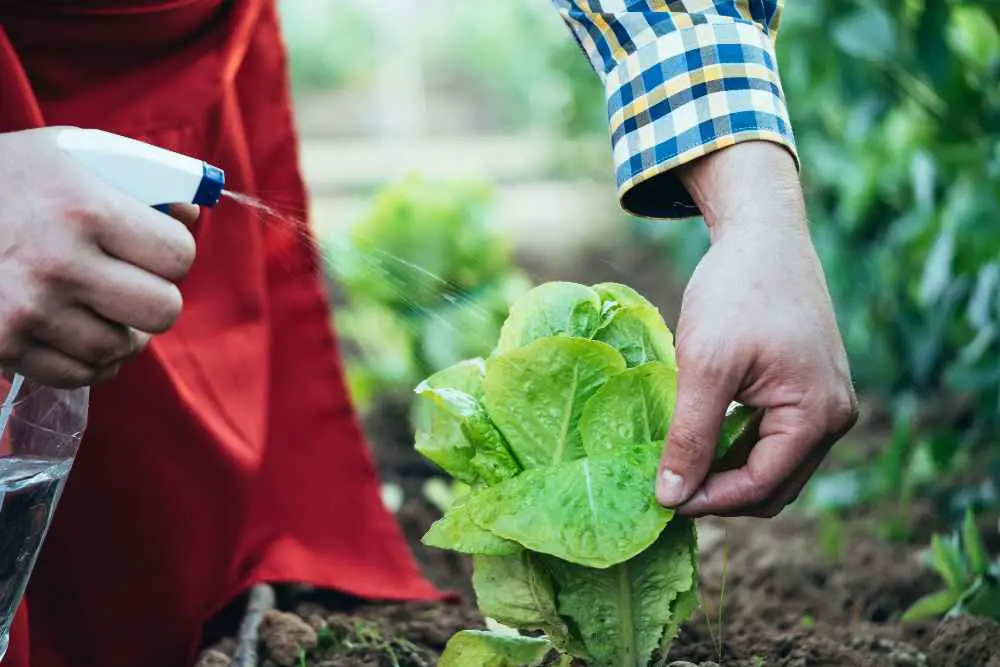
Water is essential in lettuce gardening. Because lettuces have small roots, they require frequent watering, particularly in warm or windy conditions. Regularly check the soil moisture and keep the area well-mulched. If soil is allowed to dry up, lettuce may run to seed creating a wasted plant, become bitter, or even subject to disease.
Keep lettuce cool. The key to producing lettuce is maintaining the proper temperature; if it gets too cold, it will die, and if it gets too hot, it will bolt and grow a tall flower stalk that will taste bitter. Row covers can shield plants from nighttime cold; shade cloth can be set up to block the sun from lettuce leaves when it gets too hot and the leaves start to bolt.
Eliminate pests. Aphids, snails, cutworms, caterpillars, and rabbits are just a few of the many pests that lettuce is susceptible to. Garlic or chives can be used as “barrier plants” to keep many bug pests away from lettuce, and fencing or raised garden beds can keep rabbits away.
Before planting, incorporate compost into the soil to improve its organic content. Then, starting about three weeks after planting, use a nitrogen-rich fertilizer as directed on the label. This will encourage the formation of strong, healthy leaves.
4. Harvesting Lettuce
The best time of day to pick lettuce is early in the day before the sun has had a chance to wilt it. cut-and-come-again lettuce varieties can be harvested as soon as the outer leaves are about 6 inches long. Remove these outer leaves so that the interior leaves can develop further.
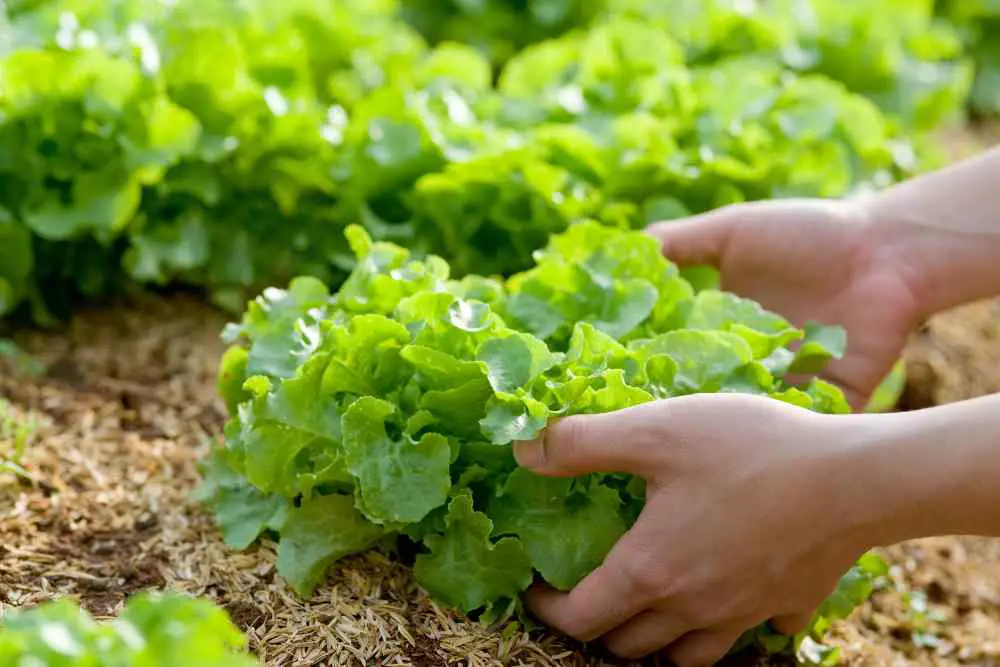
Simply cut the entire plant at the end of the season, approximately a half-inch above the soil level, if you’re harvesting lettuce plants all at once. Depending on the variety, harvested lettuce can last up to three weeks when kept in the refrigerator in a loose, plastic bag.
- 10 Modern Boho Bedroom Ideas to Inspire Peaceful Nights - April 26, 2024
- Bohemian Bedroom Ideas on a Budget | Chic & Affordable - April 24, 2024
- 18 Rose Types and Names for Your Garden - April 23, 2024

